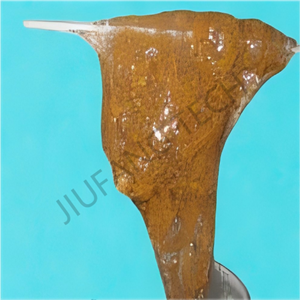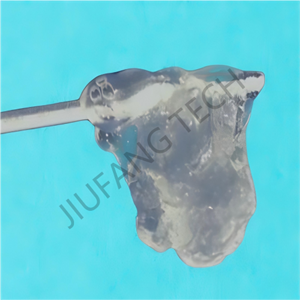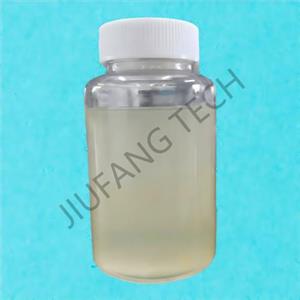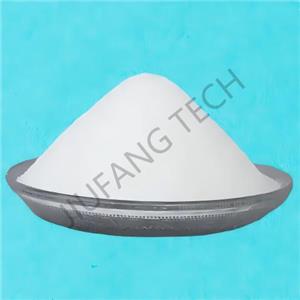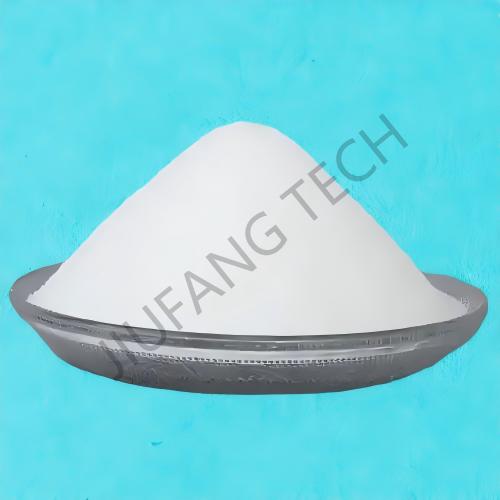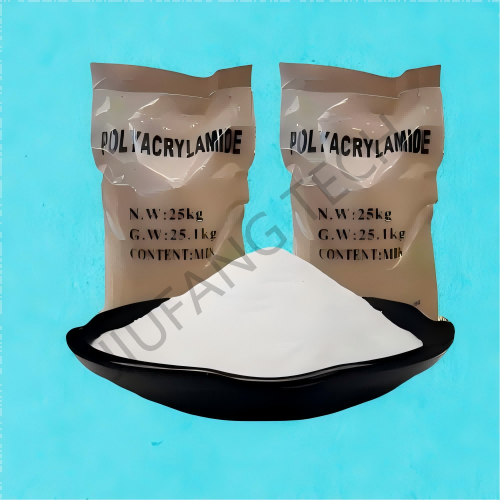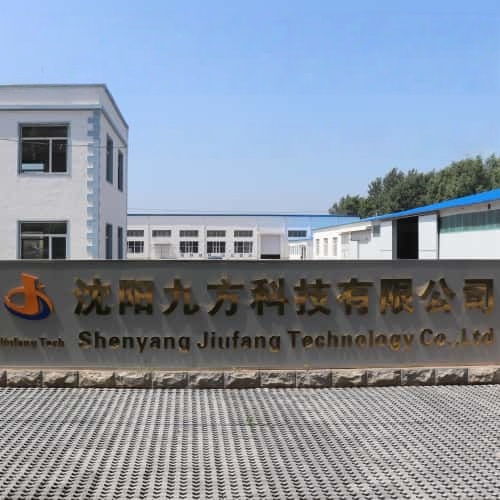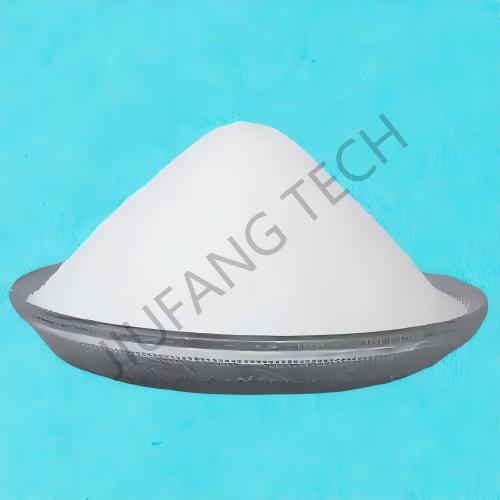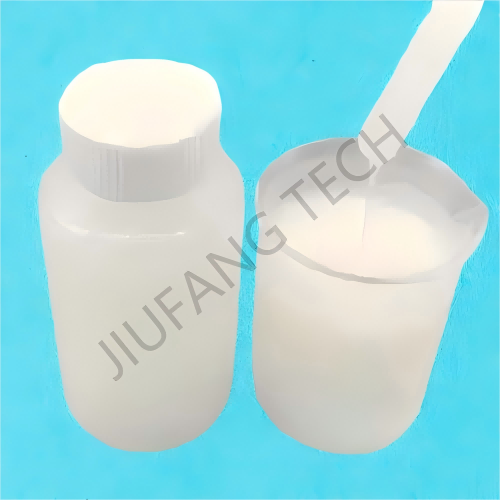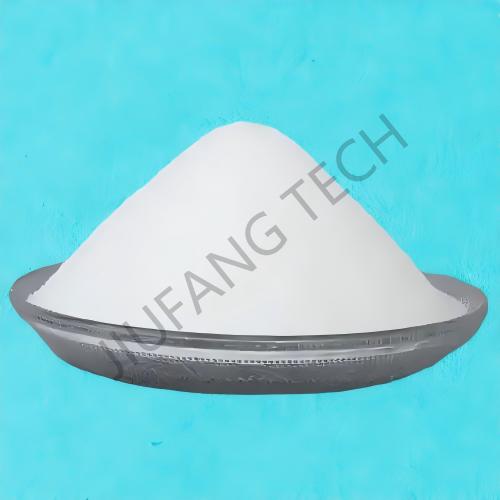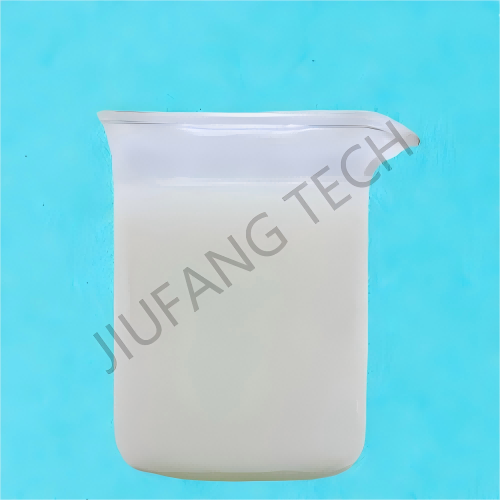
APAM Powder For Water Treatment
Brand Jiufang
Product origin Shenyang
Delivery time Lead time: 7days
Supply capacity 2000Metric Tons per Month
1. APAM crystal powder is a type of water treatment powder PAM which is made by acrylamide copolymerized or homopolymerized
with other chemicals.
2. Anionic polyacrylamide is used for pretreatment process in wastewater treatment and is also used in oilfield.
Download
Under certain specific water quality conditions, the combined use of anionic polyacrylamide (APAM) powder and inorganic flocculants (such as PAC, PFS, etc.) may not be applicable due to mechanism conflicts, reagent failure, or counter effects, and may even deteriorate the treatment effect.
The main situations are as follows:
1. Extreme pH Environments of Strong Acid or Strong Alkali (pH < 3 or pH > 11)
Strong Acid (pH < 3): The core function of inorganic flocculants (such as PAC, PFS) depends on the polynuclear hydroxy complexes (such as the hydrolysis products of Al³⁺, Fe³⁺) generated by hydrolysis. Strongly acidic conditions inhibit their hydrolysis, preventing inorganic flocculants from forming effective flocculation components and losing their charge neutralizing ability. At the same time, APAM for water treatment may undergo molecular chain hydrolysis and degradation in a strong acid environment (the amide group is hydrolyzed to a carboxyl group, and the strong acid may damage the chain structure), losing its adsorption bridging function. In this case, the combined use is not only ineffective but also increases costs due to wasted reagents.
Strong Alkali (pH > 11): Inorganic flocculants (such as PAC) will form soluble meta aluminate salts (such as NaAlO₂) under strong alkaline conditions, losing their flocculation activity. Although APAM crystal powder has slightly higher alkali resistance than strong acid resistance, strong alkalis (especially high temperature strong alkalis) may cause its molecular chain to break, resulting in a sharp drop in molecular weight and the inability to form effective flocs.
2. Water Quality with High Concentration Oxidants (such as containing free chlorine, hydrogen peroxide, ozone, etc.)
Oxidants (such as excessive chlorine added in sewage treatment, residual H₂O₂ from Fenton's reagent) can damage the molecular chain of APAM crystal powder through oxidation (the amide group of anionic polyacrylamide is easily oxidized to a carboxyl group, and even the main chain breaks), leading to a significant reduction in the molecular weight of APAM crystal powder and loss of adsorption bridging ability. At this time, even if the inorganic flocculant can exert some charge neutralizing effect, APAM crystal powder has already failed. The combined use not only fails to achieve synergistic enhancement but may also cause the flocs to be fine and have poor sedimentation performance due to the possible interference of the degradation products (small - molecule substances) of APAM crystal powder with the flocculation process of the inorganic flocculant.
3. High Salinity (High Electrolyte Concentration) Water Quality (such as seawater, high salt industrial wastewater)
When the sewage contains a high concentration of electrolytes (such as NaCl, CaCl₂, etc., with a salinity > 5%):
The charge neutralizing effect of inorganic flocculants is interfered with by high concentration ions:
A large number of free ions in the sewage will "shield" the negative charges on the surface of colloidal particles, making it difficult for the metal ions (such as Al³⁺, Fe³⁺) of inorganic flocculants to effectively combine with the colloids, preventing destabilization.
APAM crystal powder is prone to "salting out": High concentration electrolytes will disrupt the hydration film of APAM crystal powder molecular chains, leading to a decrease in its solubility and even precipitation, making it unable to disperse evenly in water and losing its bridging function.
At this time, the synergistic effect of the combined use is completely lost, and the effect is much worse than using them alone (or even ineffective).
4. Water Quality with a Large Amount of Anionic Surfactants (such as detergent wastewater, excessive standard printing and dyeing wastewater)
Anionic surfactants (such as LAS, sodium dodecyl sulfate) are negatively charged and will preferentially combine with the cations (such as Al³⁺, Fe³⁺) in inorganic flocculants to form stable complexes, consuming the inorganic flocculants (so that they cannot react with the colloidal particles in the sewage). At the same time, the surfactants will form an "adsorption film" on the surface of colloidal particles, preventing the APAM crystal powder molecular chains from binding to the particles, thus preventing APAM crystal powder from exerting its bridging function. At this time, the combined use fails due to the "consumption" of the reagents by the surfactants, and the flocs may even be difficult to form due to the dispersing effect of the surfactants.
5. Water Quality with High Concentration Organic Solvents or Non Polar Pollutants
If the sewage contains a large amount of organic solvents (such as methanol, acetone, toluene) or non polar pollutants (such as heavy oil, long chain alkanes):
APAM crystal powder is a water soluble polymer with extremely low solubility in organic solvents and will precipitate directly, unable to dissolve and disperse, thus losing its function.
Inorganic flocculants (especially liquid forms) may have their dissolution equilibrium disrupted by the organic solvents, causing the effective components to precipitate and unable to exert their charge - neutralizing effect. For example, if some chemical wastewater (such as paint wastewater, ink wastewater) is not pretreated to remove the organic solvents, the combined use of APAM crystal powder and inorganic flocculants will completely fail.
6. Water Quality with High Concentration Heavy Metal Ions (such as Cr⁶⁺, Hg²⁺, Ag⁺)
Some heavy metal ions (such as Ag⁺, Hg²⁺) have strong oxidizing or complex - forming properties: - Strongly oxidizing heavy metals (such as Cr⁶⁺) will oxidize and degrade the sewage APAM molecular chain.
Complex forming heavy metals (such as Cu²⁺, Ni²⁺) will form stable complexes with the amide groups of sewage APAM, causing the sewage APAM molecular chain to curl up and lose its bridging ability. At the same time, heavy metal ions may react with inorganic flocculants (such as PAC) to form insoluble precipitates, consuming the effective components of the inorganic flocculants. At this time, the combined use is not only ineffective but may also increase the difficulty of sludge treatment. The core problem of the above water quality conditions is that they either destroy the charge neutralizing ability of inorganic flocculants or cause the degradation/inactivation of sawage APAM molecular chains, making the two lose their synergistic effect. In such scenarios, it is necessary to first improve the water quality through pretreatment (such as adjusting the pH, removing oxidants/surfactants, desalting, etc.), and then evaluate whether the combined use is suitable. If the pretreatment cost is too high, the type of reagent needs to be changed (such as switching to non ionic PAM, cationic PAM, or using only high efficiency inorganic flocculants).
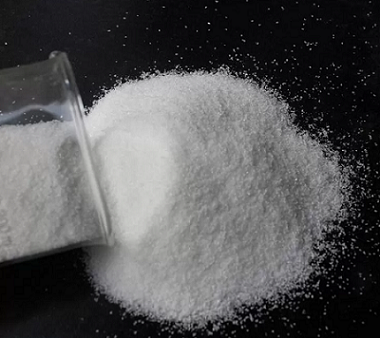
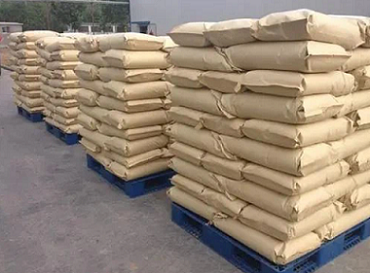
| Name | Water treatment powder PAM | |||
| Application | APAM for water treatment | |||
| CAS NO. | 9003-05-8 | |||
| Appearance | APAM crystal powder | |||
| Solid Content | 90% | |||
| Molecular Weight 10*6 | 16 | |||
| Density(25℃) | 0.75g/cm3 | |||
| PH Value(1% water solution) | 6~8 | |||
| Anionic Charge | 30% | |||
| Dissolving Time,min | <30 | |||
| Storage Temperature,℃ | 0~35 | |||
| Shelf Life,month | 24 | |||
| Supply Ability | 2000Metric Tons per Month | |||
| Quantity(kilograms) | 1~50 | >50 | |
| Lead Time(days) | 7 | negotiated | |

